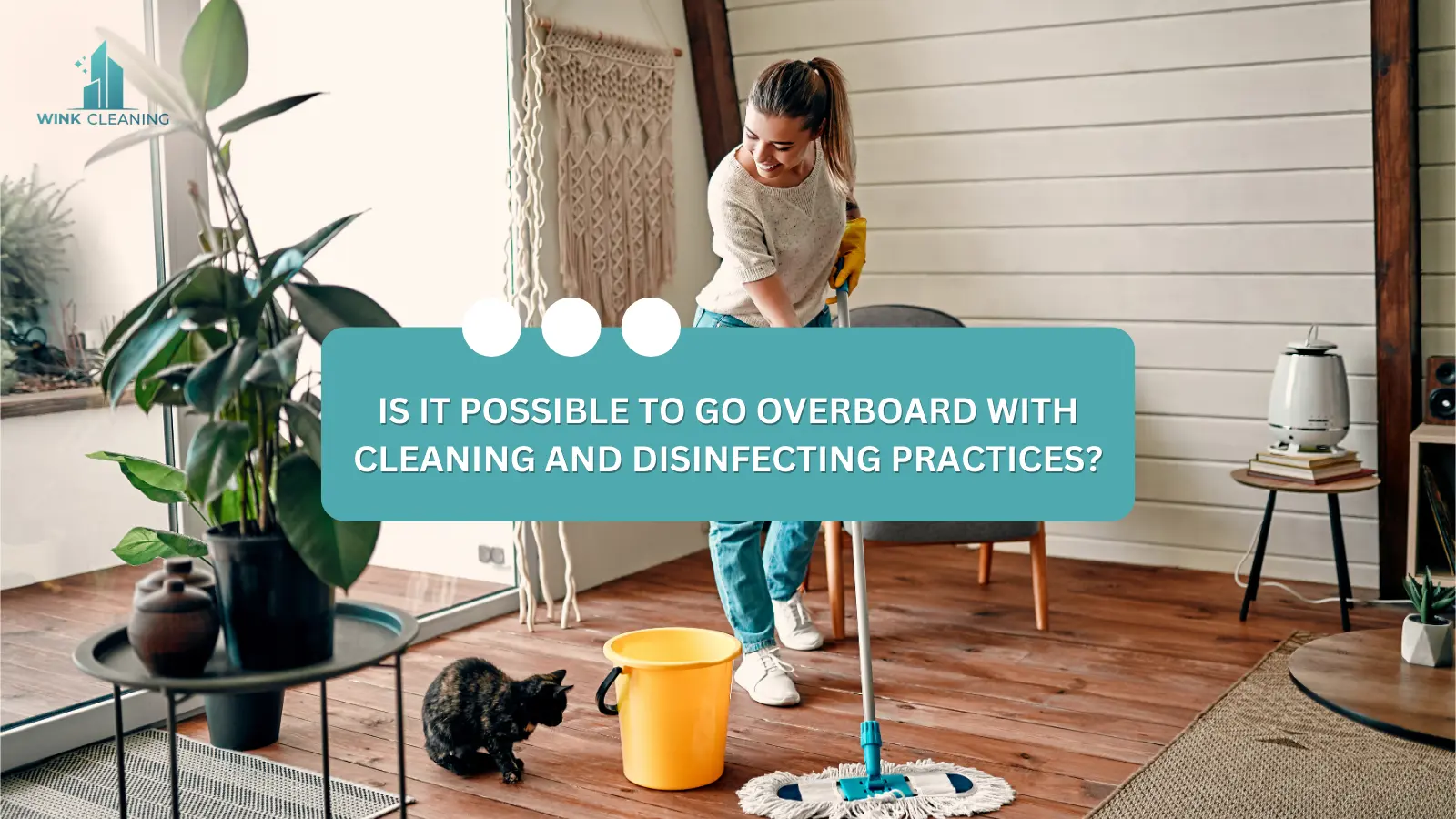Although certain germs are helpful and contribute to health,
others are a normal part of our surroundings. They are present in the ground we
walk on, the water we drink, and the air we breathe. Both within our body and
on our skin are home to germs. They also remain on a variety of surfaces and
items that we come into contact with on a daily basis.
These microorganisms have the ability to spread from
surfaces to people, which might lead to illness. Consider a TV remote control.
It could have germs all over it. The bacteria might infect you if you touch it
and then rub your nose, eyes, or mouth without washing your hands.
How Can I Protect Myself from Germs on Surfaces and Objects?
One of the best methods to prevent becoming contaminated by
germs that might be on surfaces and objects is to wash your hands often.
Washing your hands after handling anything is not practical, though. For this
reason, keeping surfaces and items clean and sterilized on a regular basis is
just as crucial to preserving a healthy atmosphere.
What's the Difference
Between Cleaning, Sanitizing, and Disinfecting?
Although many people mistakenly believe that cleaning,
sanitizing, and disinfection are synonymous, they have distinct functions:
- Cleaning entails clearing surfaces
or items of crumbs, dust, and certain bacteria. Usually, water and soap or
detergent are used for this. Cleaning reduces bacteria, but it doesn't always
eliminate them.
- Sanitizing brings the number of
germs down to a level that complies with regulations or norms related to public
health. This might be a cleaning, disinfecting, or both process. Sanitation
procedures at a restaurant, for instance, can include using disinfectant to
wash floors or antibacterial wipes to clean kitchen surfaces.
- Disinfecting involves using
chemicals to destroy germs on surfaces and items, including alcohol or bleach.
For disinfectants to work, they must be administered for a specific duration of
time. Disinfecting, however, just kills bacteria; it doesn't always clean the
surface or get rid of debris.
The likelihood of germs spreading and infecting people may
be greatly decreased by routinely cleaning and disinfecting. Products that
clean and disinfect at the same time are even available.
How Much Disinfection Is Too Much?
Nowadays, maintaining a clean and healthy house is very
important. Achieving this requires a lot of cleaning and disinfection. Both are
essential, but there's a balance to be struck between doing too much and not
enough cleaning.
Although cleaning can assist get rid of apparent dirt and
certain germs from surfaces, bacteria are not always totally eradicated.
Disinfecting, however, eliminates germs more completely. That does not,
however, imply that you should overdo it. It's more important to know when and
where disinfection is required.
Put High Touch Surfaces First
Determine which surfaces are high-touch to begin
disinfecting your house efficiently. These include of remote controls, light
switches, worktops, faucets, and doorknobs. Because humans touch these areas
regularly, they are the ones most likely to harbour bacteria.
The behaviors of your home will determine how frequently you
should clean these surfaces. Take into account things like how frequently goods
are touched or how regularly you and your family interact with others outside
of your house. Generally speaking, frequent disinfection of high touch surfaces
aids in breaking the chain of infection by lowering the amount of bacteria in
frequently touched regions.
Applying Disinfectants Appropriately
Although it might make sense to use additional disinfectants
to give protection, that isn't always the case. Take into account a few crucial
elements before assuming that "more is better":
- How often is contact with the surface? Germs usually don't persist
on surfaces like baseboards, walls, or ceilings since they aren't frequently
touched. As an alternative, the International Scientific Forum on Home Hygiene
advises emphasizing high touch surfaces. This allows you to focus on the
highest-risk locations without using excessive amounts of chemicals or spending
money and time on pointless cleaning.
- What or who comes into contact with it? Consider what could come
into touch with the surfaces you are trying to clean. For instance, spaces used
for cooking or eating require extra attention. Particularly in kitchens, many
disinfectants call for rinsing the surface with water after use. To find out
whether rinsing is required, always check the label on the disinfectant.
- What kinds of risks is the disinfectant? Disinfectants don't all
work the same way. Certain chemicals, such as peroxide or bleach, might be
dangerous for people, animals, or even surfaces in your house. For example,
fogging disinfectants may discharge microscopic droplets into the air that humans
or animals may breathe in and perhaps injure them. Knowing the kind of
disinfectant you're using and the dangers it poses is crucial.
A healthy house may be maintained by disinfecting, but it's
important to do it carefully. It's important to know when and how to disinfect
your house to keep it safe from unneeded health risks.
Finding the Correct Balance
Although maintaining a clean house is crucial, there is a
limit to how much disinfection is helpful. Harsh disinfectants should not be
overused since they can damage surfaces, human health, and the environment. It
is better to concentrate on high-touch areas and apply the appropriate
disinfectants according to the recommended protocol. To maintain a clean and
safe house, it's important to read product labels and adhere to established
rules.
In conclusion, even though germs are present everywhere, the
transmission of disease may be considerably decreased by routinely cleaning and
disinfecting high touch locations. To ensure that you're preserving your health
without going overboard, disinfecting should be deliberate and focused.


